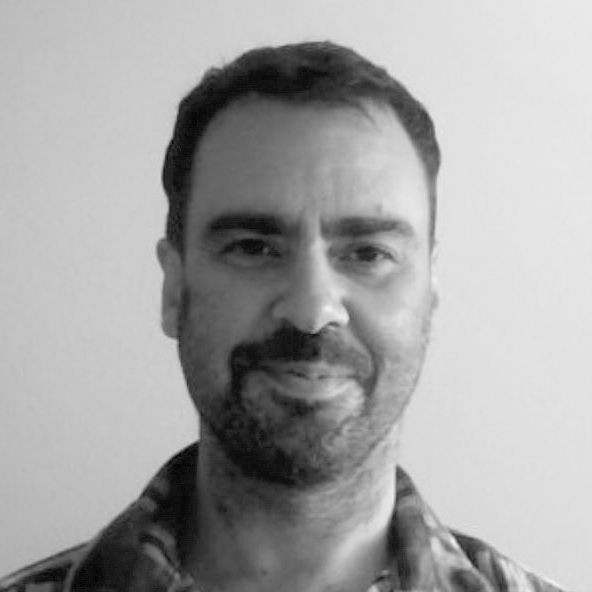After 15 years of teaching Spanish, I’ve heard countless variations of the question: “¿Cuánto tiempo se necesita para aprender español con fluidez?” – How long does it take to learn Spanish fluently? It’s a natural curiosity. Everyone wants a roadmap before embarking on a journey.
The short answer? Fluency is achievable in 9-12 months with consistent effort and the right strategies, particularly immersion. But the path to fluency is nuanced, with various factors influencing your progress. This article provides a realistic timeline, incorporating insights from my experience guiding hundreds of students to Spanish fluency.
Defining Spanish Fluency: Beyond Grammar
Fluency transcends simple vocabulary and grammar. It’s about engaging in natural conversations, telling stories with emotion, even cracking jokes that land. It’s about communicating effortlessly without struggling for every word. This conversational fluency is the goal for most learners.
Several factors impact your journey:
- Prior language experience: Existing language skills can accelerate learning.
- Effort intensity: Dedicated hours of active Spanish usage are crucial.
- Learning methods: Effective strategies maximize your progress.
- Available resources: Technology, travel, and tutoring opportunities play a role.
Realistic Timeframes for Spanish Fluency
Forget promises of fluency in days or weeks. Those are marketing gimmicks, not reality.
The Common European Framework of Reference for Languages (CEFR) offers realistic benchmarks:
- A1 (Beginner): 70-80 hours
- A2 (Elementary): 150-180 hours
- B1 (Intermediate): 300-360 hours
- B2 (Upper-Intermediate/Conversational Fluency): 540-620 hours
The CEFR suggests conversational fluency (B2) requires 540-620 hours of focused practice, achievable in 12-24 months with consistent effort.
The U.S. Foreign Service Institute (FSI) estimates 600+ classroom hours. However, this overestimates the time needed for conversational fluency because classroom learning often relies on passive methods. Active speaking, proven to enhance vocabulary retention, significantly reduces the time required.
Prioritizing active learning, particularly through immersion experiences like living in a Spanish-speaking country or consistent conversations with native speakers, dramatically accelerates your progress.
Months 1-3: Survival Spanish – Building Blocks
The initial 90 days focus on building a survival vocabulary: greetings, family terms, directions, basic transactional phrases. Don’t get bogged down in complex grammar. Prioritize high-frequency words and phrases.
Listen attentively to native speakers, mimic their pronunciation, and start constructing simple dialogues.
Months 4-6: Consolidating Progress – Strengthening Foundations
Now, consolidate your foundation. You can choose between two approaches: systematic grammar study or comprehensible input.
Comprehensible input focuses on engaging with authentic content slightly above your current level. Utilize podcasts, videos with transcripts, and tools like Langua for vocabulary building and AI-powered conversation practice.
By month six, you should be able to describe your family, discuss daily routines, understand basic questions, and express simple opinions.
Months 7-11: Immersion – Accelerating Fluency
Immerse yourself in the language and culture. Ideally, spend 1-3 months in a Spanish-speaking country.
Engage in daily conversations, absorb vocabulary from real-world interactions and media, and prioritize understanding from context over direct translation. Immersion fosters rapid progress, forming new neural pathways for processing Spanish without constant translation.
Month 12 and Beyond: Overcoming the Intermediate Plateau
Around this time, many learners encounter the “intermediate plateau,” characterized by slowed progress, difficulty maintaining fluid conversations, and potential demotivation.
Push through by:
- Maintaining consistent study habits, even if just for 15 minutes daily.
- Diversifying learning materials with reading, podcasts, and videos.
- Practicing self-compassion and remembering that language learning is a marathon.
With perseverance and the right strategies, you’ll overcome this plateau and continue your journey towards fluency. Every hour invested brings you closer to your goal of confident Spanish communication. ¡Siga adelante! (Keep moving forward!)
 Samuel Perez
Samuel Perez
About the author:
Samuel Pérez is a certified Spanish teacher in Madrid with extensive experience teaching Spanish in various settings. He helps students prepare for DELE exams and creates a comfortable learning environment for all levels. You can view his profile here.